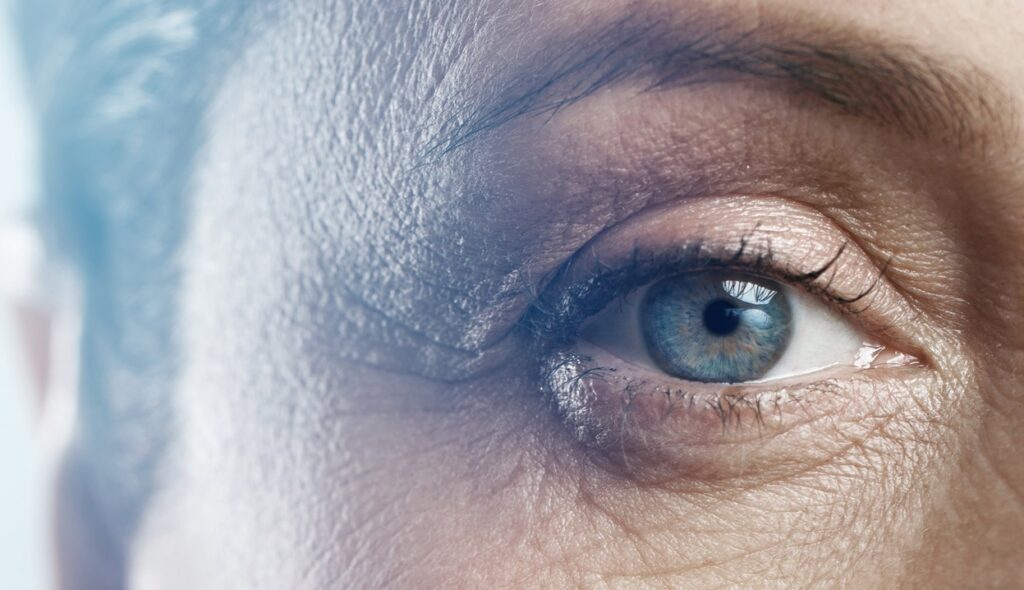
Are you contemplating LASIK eye surgery for vision correction? At the Cornea and Laser Eye Institute (CLEI), we understand the importance of age in determining the success of this procedure. Join us as we delve into the various aspects of LASIK eye surgery age, shedding light on the ideal age range, age restrictions, and how age influences the success rate of the procedure.
Understanding LASIK Eye Surgery
Before we discuss age considerations, let’s familiarize ourselves with LASIK. Laser-Assisted In Situ Keratomileusis (LASIK) is a widely performed elective surgery which was pioneered at CLEI. LASIK aims to correct refractive errors and enhance visual acuity. During LASIK, our skilled surgeons use advanced laser technology to reshape the cornea, resulting in improved vision and reduced reliance on corrective eyewear.
LASIK’s efficiency and effectiveness are well-established, with over 93% of Cornea and Laser Eye Institute’s LASIK patients achieving 20/20 vision or better. The procedure is quick, lasting around 15 minutes per eye, and, in most cases, provides noticeable vision improvements within days.
Age Requirements for LASIK
Age is a crucial factor in LASIK success. While the minimum age requirement is 18, waiting until your prescription stabilizes is preferable for long-lasting results. Regular eye exams help ensure prescription stability before contemplating LASIK. If you are under 18 years old, or your prescription has not stabilized, orthokeratology is a great option to live with glasses free vision during the day.
Age-Specific Considerations at CLEI
At CLEI, we emphasize personalized assessments for LASIK candidacy at any age. Let’s explore age-specific considerations:
Teenagers and Young Adults (18-21):
Prescription stability is key. Regular eye exams guide the decision on when LASIK becomes a viable option.
Twenties and Thirties:
Prescription stability is typically reached, referred to as ocular maturity, making this age range ideal for LASIK. Consult with one of our LASIK surgeons for a thorough eye evaluation.
Forties and Beyond:
Presbyopia will emerge, affecting your near vision. LASIK can be an option for presbyopia, and techniques like blended vision or monovision will be discussed. At the Cornea and Laser Eye Institute we are always at the cutting edge of vision correction technology. Consult with one of our surgeons to see if you may be a candidate for one of our upcoming presbyopia clinical trials to improve your near vision without reading glasses.
Fifties and Beyond:
Ocular conditions such as cataracts may begin to arise. Addressing your cataracts can be an alternative to LASIK to minimize your dependence on glasses at this age. A comprehensive eye exam will guide candidacy.
Alternatives to LASIK
LASIK might not be the ideal choice for everyone. At the Cornea Laser and Eye Institute, we offer alternatives tailored to different age groups:
- Younger Age Groups (Under 18): Glasses and contacts are recommended due to ongoing eye changes. Orthokeratology contact lenses offer flexibility for activities, by wearing lenses when you sleep at night and allowing you to live glasses free throughout the day.
- Young Adults (18-21): LASIK may be considered on a case-by-case basis for specific conditions. Consult with our LASIK experts for a comprehensive evaluation.
- Older Adults (40 and beyond): Refractive Lens Exchange (RLE) is an alternative addressing presbyopia and cataracts, providing a comprehensive solution.
Conclusion
At CLEI, LASIK is a transformative procedure, enhancing vision and reducing dependence on corrective eyewear. While age is crucial, there’s no one-size-fits-all answer. Wait until prescription stability, usually in your twenties, and undergo a personalized assessment with our experienced eye surgeons.
Whether you’re in your teenage years, twenties,or beyond, CLEI is here for your specific vision correction needs and will guide you towards the most suitable treatment option for you. Contact us at the Cornea and Laser Eye Institute to schedule an appointment today.



